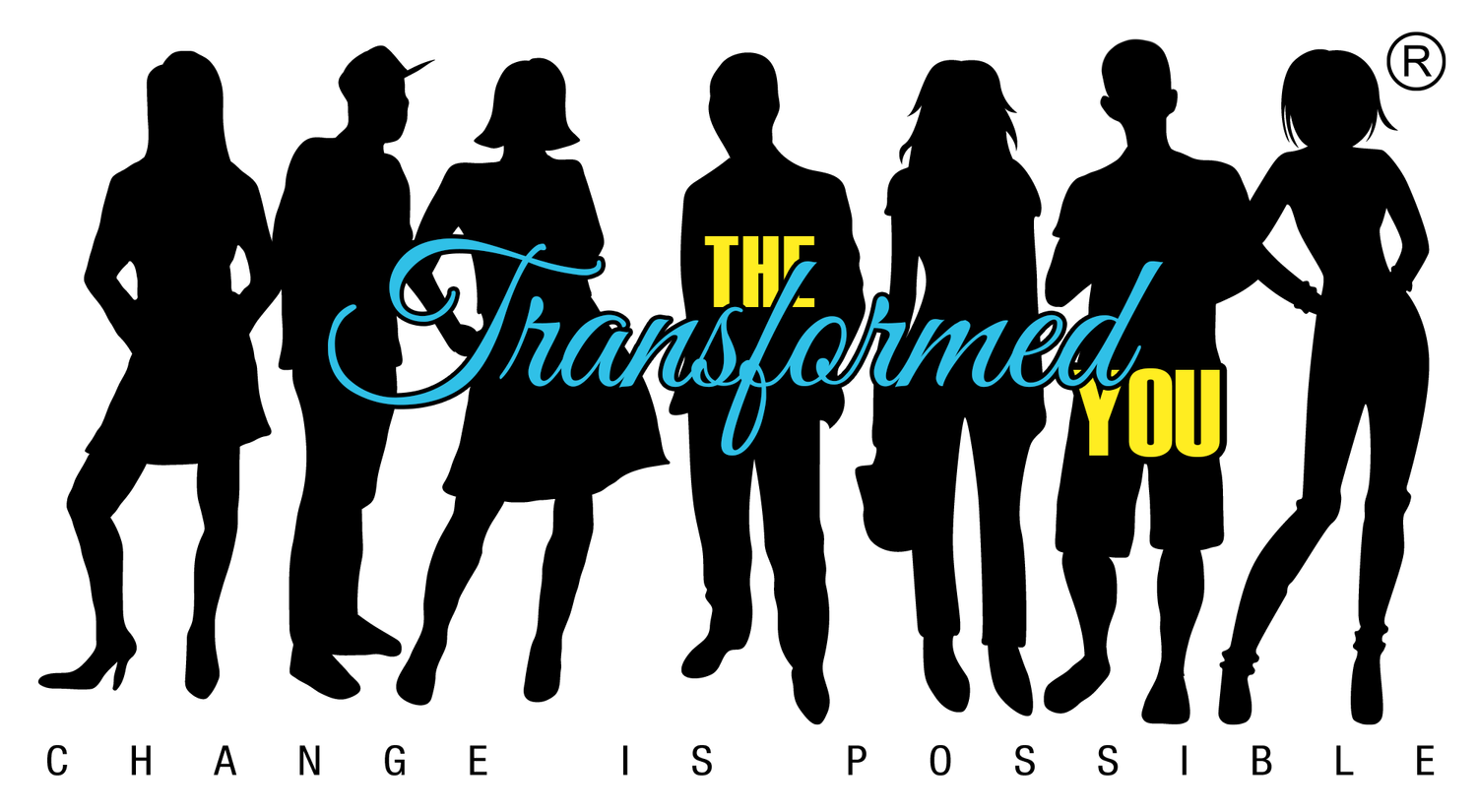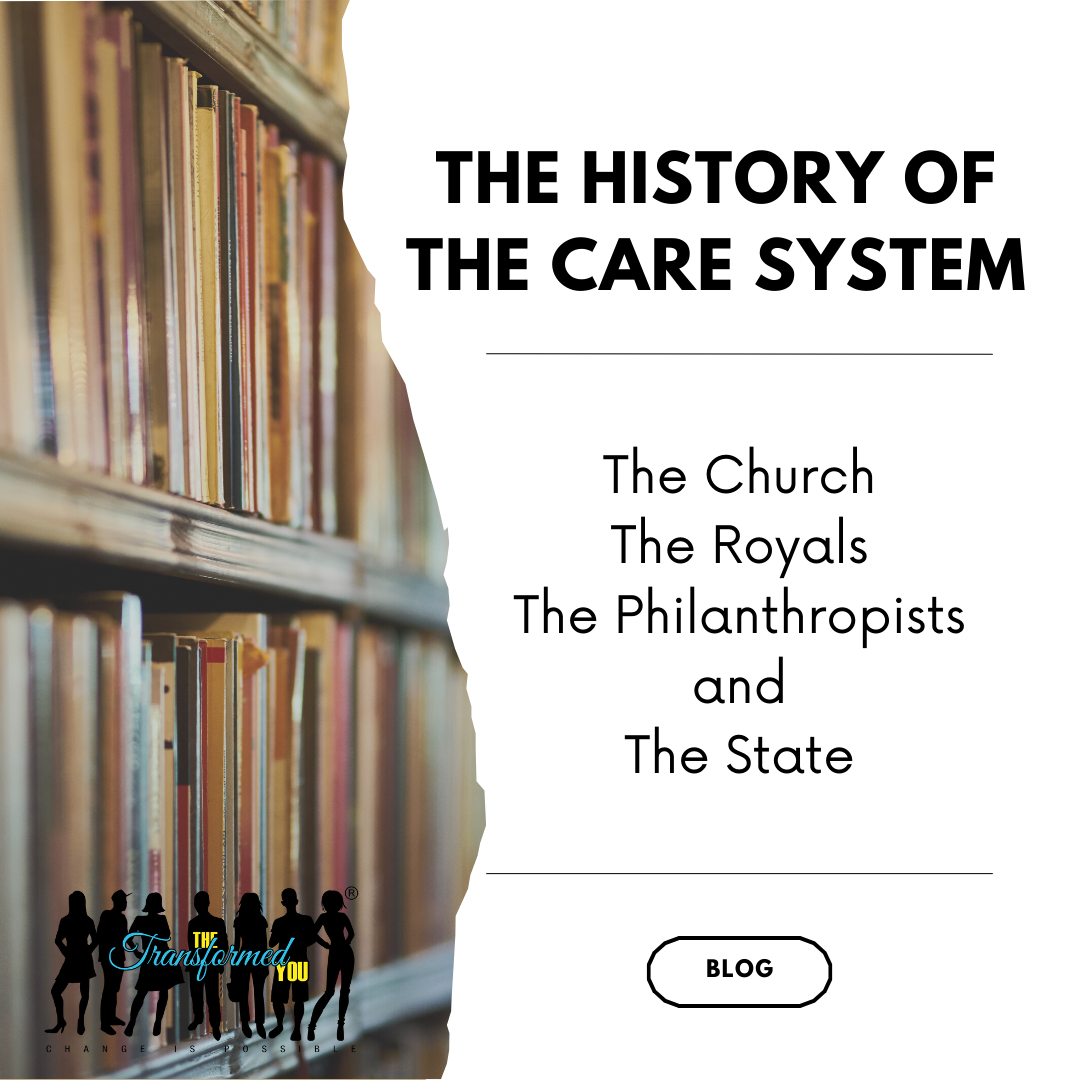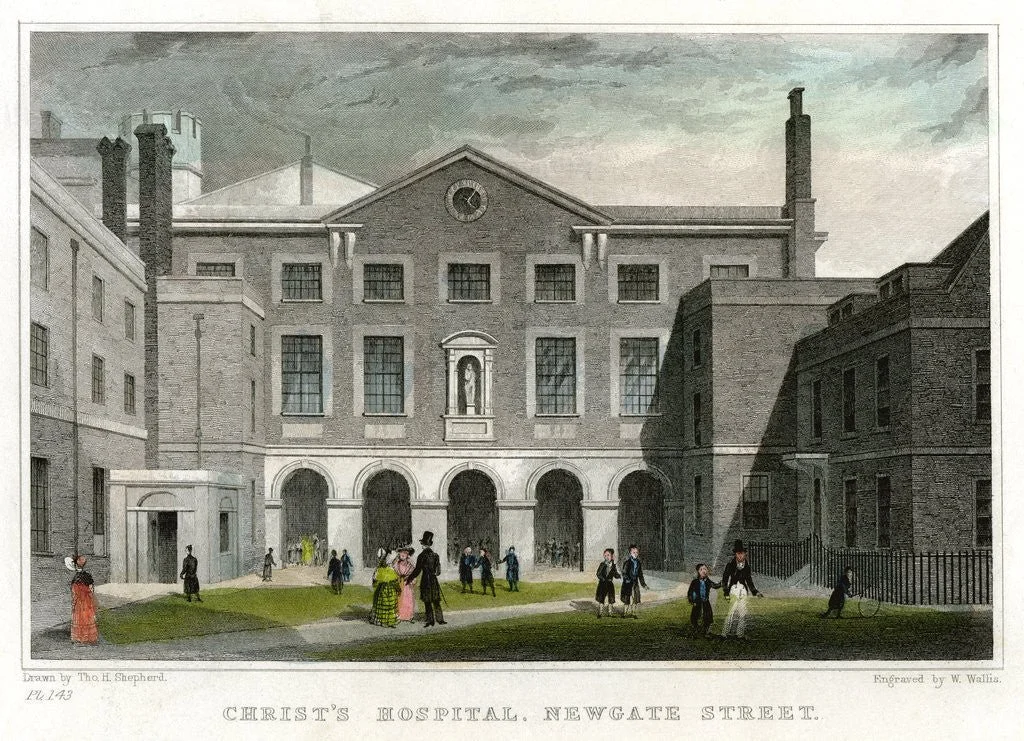The History of The Care System | The Church, The Royals, The Philanthropists and The State
I’ve often wondered about why and how the Care System started in the UK. Whose idea was it and what was the original intention for it being set up. With that in mind, here’s what I found.
1552 - 1556
In 1552 The Christ’s Hospital was the first institution to open to support Fatherless Children. This initiative was led by King Edward VI (the son of King Henry VIII) who heard a sermon that was preached by Nicholas Ridley (who was the English Bishop of London).
It is said that the sermon encouraged the congregation to show mercy (love and compassion) to the poor and destitute. The words of the sermon impacted King Edward VI so much that he asked Ridley how he could do something to relieve the poor and then wrote to Sir Richard Dobbs, the Lord Mayor of London, to share his vision and ask for help to bring his plans to life. This was done through a Committee of 30 Merchants (Traders).
The Christ’s Hospital was a model of a children’s home that was adopted and followed across various cities in the UK.
Granted by King Edward VI, in 1556 Bridewell Palace was given to the City of London Corporation. It was used as an Orphanage and a Prison for wayward and disorderly Women. It was a type of workhouse where the orphans became apprentices and learned different handcrafts. What is a Workhouse? The Workhouse System was set up to house orphans as well as other vulnerable people in society who could not support themselves in exchange for work. It is said that it was a brutal environment where vulnerable orphans and abandoned children, lived and worked alongside the mentally ill, physically disabled, unmarried mothers, and the elderly. Conditions in orphanages were sometimes as bad as workhouses.
The 1700’s to the 19th Century
In 1739 Captain Thomas Coram, an English Sea Captain and Philanthropist, founded the Foundling Hospital to look after abandoned children on the streets of London. Mothers could bring their babies to the Foundling without being identified and the children who lived there, were educated and developed skills to work; boys went to sea and girls were prepared for domestic services.
What is a Philanthropist? A Philanthropist is someone who freely gives money and help to people who need it.
In 1853 Foster Care was introduced to the United Kingdom when Reverend John Armistead removed children from a workhouse in Cheshire and placed them with foster families.
In 1867 Thomas John Barnardo, a Christian and a Philanthropist, was the founder and director of homes for poor and deprived children. The foundation opened the first Barnardo’s home in 1867.
In 1869 Thomas Bowman Stephenson, a Wesleyan Methodist Minister and Philanthropist, founded the Charity now called Action for Children and opened Children’s Homes.
In 1881 Edward de Montjoie Rudolf, a Sunday School Teacher, founded the Children’s Society, and opened their first Children’s Home in the same year in East Dulwich.
Baby Farming Scandals
Fostering (and adoption) started to be regulated in the mid-19th century after a series of “baby farming” scandals.
What was Baby Farming? In the late Victorian era Baby farming was the historical practice of accepting custody of an infant or child in exchange for payment.
It is said that single mothers (unmarried women) were forced to work in workhouses and so couldn’t take care of their babies. This led to untrained women offering their services to unmarried mothers, who would hand over their baby with payment, in the hope that their child could be re-homed and taken care of.
Some baby farmers adopted numerous children and then neglected them or took their lives (infanticide).
In 1872 the Parliament of the United Kingdom, passed the Infant Life Protection Act to begin to regulate Baby Farming.
A Repeat of History? In the 1960s and 70s, thousands of West African children were privately fostered by white families in the UK by way of 'farming'. The biological parents who were usually students in the UK who also had a job, would place ads in the newspapers looking for foster families to care for their children. More information about this can be found here.
By the end of the 19th century, some authorities and voluntary organisations were referring to fostering as ‘Boarding Out’ and using it as an official alternative to placing neglected children in a workhouse or orphanage.
What is Boarding Out? The Boarding Out system involved orphans and deserted children being placed with foster parents.
It was first established in 1868 and was a British welfare system that allowed local authorities to place a child in a foster family or voluntary establishment and pay for the child’s care.
1946 - 1989
In 1946 the State stepped in and commissioned The Curtis Report (The Report of the Care of Children Committee) to investigate the care of children deprived of a normal home life in England and Wales. Led by the appointed Chair, Myra Curtis, the Report proposed that Adoption was the best and first option to be considered for children without parents, with Fostering being the next. The Report also proposed a move away from large orphanage style children’s homes towards a family group home of no more than 12 young people living in the home.
In 1948 the Children’s Act established Children’s Departments in every Local Authority/County Council in the UK to raise the standard of care and in 1989 the Children’s Act was established to subject legal duties to local authorities, courts, parents, and other agencies in the United Kingdom, to ensure children are safeguarded and their welfare is promoted.
Going back to the inception of the care system in 1552, I can’t help but wonder about what was the context of Nicholas Ridley’s sermon that moved, inspired King Edward VI to take action.
Through the Bishop of the Church, what message was being conveyed from God to the people, for the times they were living in.
Did the sermon start with Psalms 68:5 God in his holy dwelling is a father of the fatherless and a champion of widows. (Christian Standard Bible)
To then provide the following guidance on how to show mercy (love and compassion) to the poor and destitute…
James 1:27 Pure religion and undefiled before our God and Father is this, to visit the fatherless and widows in their affliction, and to keep himself unspotted from the world. (English Revised Version)
Isaiah 1:17 Learn to do good. Seek justice. Help the oppressed. Defend the cause of orphans. Fight for the rights of widows. (New Living Translation)
…with a warning to those who mistreat the orphans
Exodus 22: 22 – 24 You must not exploit (mistreat) a widow or an orphan. If you exploit them in any way and they cry out to me, then I will certainly hear their cry. My anger will blaze against you, and I will kill you with the sword. Then your wives will be widows and your children fatherless. (New Living Translation)
Whatever King Edward VI heard, resulted in him bringing to life on earth, God’s heart and intention for how the orphans are to be loved and cared for through The Christ’s Hospital, the first charity funded by city businesses and the church to provide a home, training and education for the orphans.
Workhouses were never a part of the original plan and neither was baby farming. These bear witness of how opportunists began to exploit the vulnerable for financial gain, with history telling us that the path of the exploiters did not end well.
With that in mind, I do believe that Captain Thomas Coram, Reverend John Armistead, Thomas John Barnardo, Thomas Bowman Stephenson and Edward de Montjoie Rudolf most likely heard a message that was similar to the one preached in 1552 or they observed how orphans were being mistreated, which led to their attempts to rebuild a caring system according to God’s original intention.
But with that being said, the care received in Foster Care and in the Children’s Home became questionable with reports of abuse and neglect coming to light, causing the state to step in and follow through with The Children’s Act.
2025
Now fast forward to 2025 and ask this question, can we see the original intention, God’s original intention for the Care System being actioned in the times we are living in?
My Answer: Yes and No
Yes, because there are individuals who are able to demonstrate their love and compassion for our children and young people in Care, which can be seen and heard in how they show up and defend the cause of those in their care.
No, because we still have opportunists who seek to exploit the vulnerable for financial gain and we still have children and young people experiencing abuse and neglect in the Care System.
And so, with an understanding of why and how the Care System started in the UK, and with an understanding of whose idea it was and it’s original intention for being set up, where do we go from here?
We Pray. If you’re a Minister, Sunday School Teacher, Bishop, Reverend, Christian, we pray. We have a conversation with God and ask Him in the name of Jesus, to place on the hearts of individuals the purposeful desire to rebuild His original intention, a caring system for children and young people in care, here on earth. We also ask Him to highlight and shut down the exploiters and bring judgement to the house of the abusers. We ask God to establish justice for the fatherless and lead them to homes and services where they can heal, flourish and thrive.
We Take Action. If we work within the Children’s Social Care Sector, we fulfil our legal obligations, not by way of ticking a statutory box, but by way of opening our hearts and developing our skills to make sure that we are equipped and able to meet the needs of each child and young person that comes into our care; because there is no one size fits all to caring. We actively call out injustice and close the door on exploiters. We don’t second guess the cries of the fatherless, we hold their hands and walk them through the pain of abuse and neglect and guide them towards their healing.
We Speak up and we Speak out. If we’re care experienced, we speak up and we speak out. We speak up and speak out at our Child in Care Review Meetings, at our Personal Education Plan Meetings and before we leave the Care System. We speak up and we speak out, not just for ourselves, but to see the system change for the better for the generations that will one day enter the Care System. We speak up and we speak out because we know the truth, it’s called our Lived Experience.
We Unite. If you are likened to a City Business or a Philanthropist, we unite for the cause. We do our due diligence to know where to allocate funds to safe havens for the fatherless. We give back by donating our time and expertise to see the safe havens grow, develop and expand for the greater good.
Now coming to the end of this History lesson, I believe it’s fair and balanced to state that we do not have a broken Care system, but rather a Care System that has lost it’s way, by going off track and moving away from it’s original intention; but if we refocus and apply points 1 - 4, it’s highly likely that the care, outcomes and life chances of our present day orphans will be significantly improved, because with hope, faith, love and action, Change Is Possible!
Feel free to let us know your thoughts in the comments or send us an email
and check out Part 2 of this Blog The Care System Isn’t Broken, The System Needs a Reset
By the way this Blog was written by our Founder and CEO.


